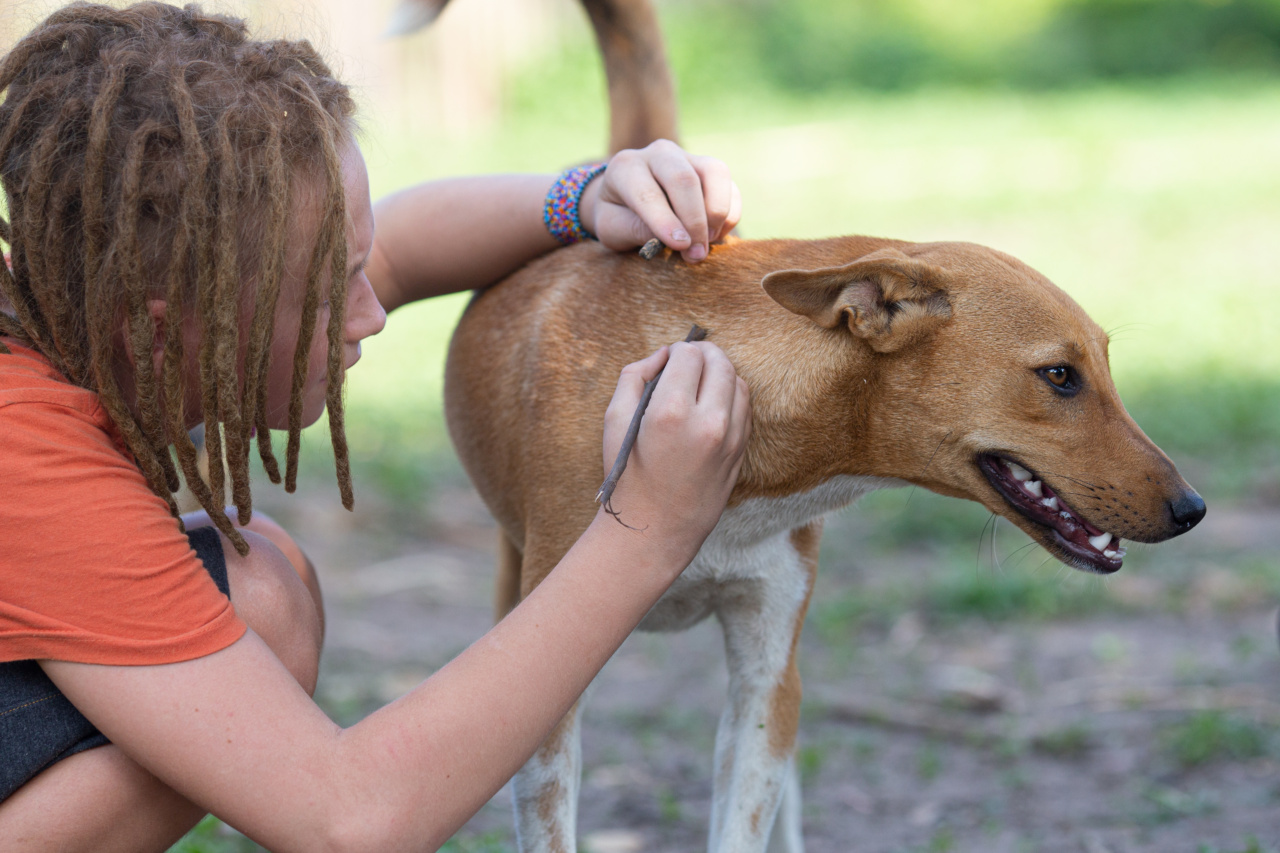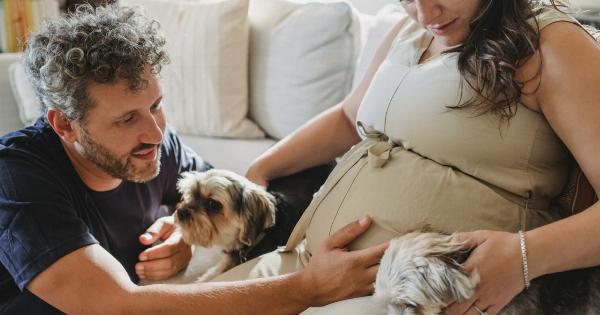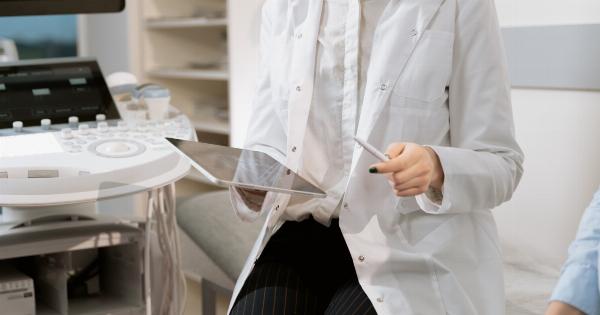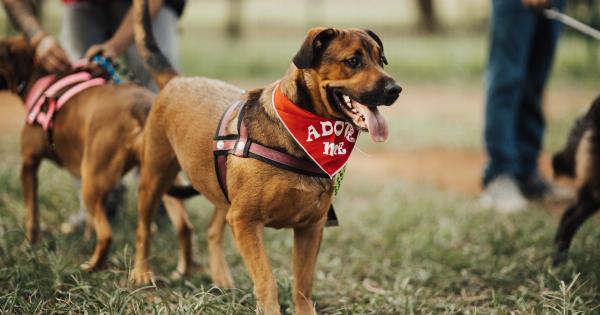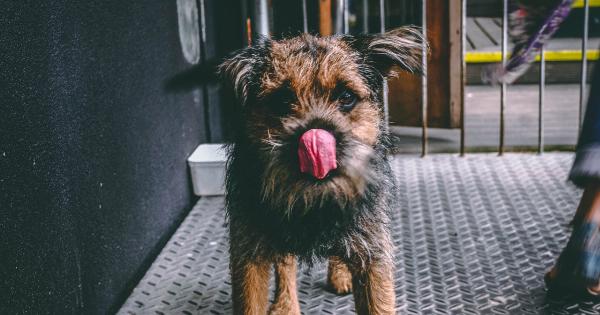For many dog owners, a trip to the veterinarian’s office can be a dreaded event. The anxiety and stress experienced by both the dog and their human can make these visits challenging.
However, with some preparation and the right approach, vet visits can become a positive experience for everyone involved. In this article, we will explore common fears associated with vet visits, strategies to alleviate the anxiety, and the importance of regular check-ups for your furry friend’s well-being.
Fears and Anxieties Surrounding Vet Visits
Vet visits can trigger a range of fears and anxieties in dogs. Some common concerns include:.
1. Fear of the Unknown
Like humans, dogs may fear the unknown. The unfamiliar smells, sounds, and people in a vet’s office can create a sense of unease in dogs that are not accustomed to such environments.
2. Previous Negative Experiences
If a dog has had a negative experience during a previous vet visit, they may associate that fear or discomfort with all future visits. This can create a cycle of anxiety that is challenging to break.
3. Separation Anxiety
Some dogs experience separation anxiety when their owners leave them with the vet. Being in a new environment without their familiar human can increase stress levels for these dogs.
4. Fear of Handling and Examination
Dogs may fear being handled, restrained, or undergoing various examinations during a vet visit. The fear of physical discomfort or pain can intensify their anxiety levels.
Strategies to Alleviate Vet Visit Anxiety
Fortunately, there are several strategies that can help alleviate anxiety associated with vet visits. These include:.
1. Familiarize Your Dog with Vet Visits
To reduce the fear of the unknown, gradually familiarize your dog with the vet environment. Make short visits to the clinic without any treatments involved.
Let your dog explore the waiting area, meet the staff, and receive treats or toys as positive reinforcements. Over time, your dog will become more comfortable in this setting.
2. Positive Reinforcement and Counterconditioning
Turn vet visits into positive experiences by associating them with rewards and positive reinforcement. Give your dog treats, play with them, or use their favorite toy during and after each visit.
This will help create positive associations with the vet’s office.
3. Visit Vet for Non-Treatment Purposes
Your dog doesn’t have to visit the vet only when they’re sick. Regular, non-threatening visits can help your dog become more comfortable with the environment.
Take your dog for a quick visit just to say hello to the staff without any procedures or check-ups involved.
4. Practice Handling and Examination at Home
Prepare your dog for the vet’s physical examination by practicing handling and examination techniques at home. Gently touch and examine their ears, paws, and mouth.
Reward them for their cooperation and gradually increase the duration of these practice sessions.
Importance of Regular Vet Visits
Regular vet visits play a crucial role in maintaining your dog’s overall health and well-being. Here’s why they are important:.
1. Early Detection of Health Issues
Regular check-ups allow veterinarians to detect any health issues in their early stages. Early detection often leads to more effective treatment and improves the chances of a positive outcome.
Detecting and treating a potential health problem early can prevent it from escalating into a more serious condition.
2. Prevention and Vaccinations
Regular vet visits ensure that your dog stays up-to-date on vaccinations and preventive care, such as flea and tick control. This helps protect them from various diseases and parasites that could negatively impact their health.
3. Dental Health
Dental health is vital for dogs, just like it is for humans. Regular vet visits include dental examinations, cleanings, and the treatment of any dental issues.
Good oral health contributes to overall well-being and can prevent complications later in life.
4. Tailored Healthcare Advice
Veterinarians provide individualized healthcare advice for your dog based on their breed, size, age, and overall health. They can suggest dietary changes, exercise routines, and specialized care to optimize your dog’s health and happiness.
Conclusion
Vet visits do not have to be a source of dread for dogs and their owners. By familiarizing your dog with the vet environment, using positive reinforcement techniques, and practicing handling and examination at home, you can help alleviate their anxiety.
Additionally, regular vet visits are crucial for maintaining your dog’s health and detecting any potential issues early on. With the right approach and care, vet visits can become a positive and stress-free experience for everyone involved.
